Transform a living room from snoozy to snazzy with wall lighting
Wall lights are a distinctive type of light fixtures that can take your living room style from snoozy to snazzy. They should have a place in every lighting scheme but are often overlooked. Wall-mounted fixtures have the unique ability to elevate the décor, design, and ambiance of a living room without overwhelming the overall space. They balance overhead light sources and can define space, give scale and reveal your design sensibility. Typically mounted at the eye level, wall sconces provide either a dramatic punch of light to create visual hierarchies within the space or a soft pool of understated illumination that fulfills the maximum demands on visual comfort.
Good visibility is vital
For many families, the living room is the center of a host of activities. It’s where family members gather and engage in intimate conversations. It’s a place where family occasions like birthdays, reunions, and anniversaries are celebrated. It’s a recreation room where activities like watching television, playing board games and listening to music take place. It’s a retreat where you can relax on the couch with a drink and book. The living room is also the space to receive visitors and greet guests. As a place that you wind down after a hard day, you’ll appreciate high quality lighting for a pleasurable environment. As the space that shows the family’s public face to your guests and visitors, you would crave a well-lit environment that is attractive, exciting, and inviting.
Lighting needs to be flexible to react to the different needs of the space
The living room may require the most flexibility in lighting in order to meet the varied needs of the space. Living room lighting should be composed in layers so that it provides variety to create a fully usable, adaptive, and attractive space. The layered approach to lighting design for this multi-functional space is accomplished using a mix of ambient, task and accent lighting. The ambient layer of lighting provides soft, general illumination that makes navigating the room and performing general activities visually comfortable. This layer of lighting also defines the space and create an overall atmosphere. Task lighting directs concentrated beams of light to illuminate the activities that take place in the living room. Accent lighting is used to reinforce the aesthetics of architectural and décor features. To make objects stand out and create a visual interest, a 3:1 to 5:1 ratio of accent lighting to ambient light is required.
Layered lighting
Layered lighting utilizes multiple light sources and demands thoughtful placement of light fixtures. All layers of lighting can be provided by ceiling-mounted light fixtures such as chandeliers, pendants, recessed lights, track lights, and flush and semi-flush lights. However, there is nothing worse than only having overhead lighting. A room having only overhead lighting will often take on a dull, flat effect and there’s no dimension. Moreover, overhead lighting tends to cast shadows downwards. Overhead lighting appears best when wall lighting is part of an entire symphony in the living room. The eye-level spread of light compensates for where the overhead lighting doesn’t reach. Strategically placed and artfully designed wall lights can add visual interest and character to an otherwise plain space or reinforce the theme and style that you are seeking to create.
Types of living room wall lights
Living room wall lights come in various types ranging from flush mount sconces, armed sconces, lantern sconces, candle sconces, half-moon sconces to wallchieres and picture lights. As with ceiling-mounted light fixtures, they’re versatile enough to provide ambient, accent and task lighting.
Wall lights that produce ambient light should spread light evenly throughout the defined space with a comfortable level of brightness. The wide flood ambient light is provided by sconces with exposed lamps or fixtures that have their light sources shielded by opal glass or acrylic diffusers for even, glare-free lighting. Overhead ambient lighting sometimes can be disturbing, wall-mounted ambient lights can cast a small pool of light to illuminate the area where it is needed.
Localized ambient lighting is often provided by sconces with a downlight module. Wall scones with an uplight module throw ambient light upward, which creates a soft glow and pleasing atmosphere and can help make the living room feel larger and more open. An accent wall light uses an uplight or downlight module which aims precisely to highlight an aesthetic feature and influences the viewer’s impression. Good accent lighting does not draw attention to itself but enhances the architectural or decorative interest of the focal point.
Wall-mounted task lighting is generally provided by a swing arm sconce which offers the most flexibility to move and adjust the light for reading. It produces a concentrated pool of light to support visual performance while shielding the light source to prevent glare.
System integration
LED wall lights for living rooms are either lamp-based systems or integrated LED systems.
Lamp-based LED wall lights are constructed around lamps whereas integrated LED wall lights have its light sources (LEDs) and associated thermal, optical and electrical systems built into the fixture design. The performance of lamp-based LED systems is derived from the LED retrofit bulbs with have been designed to replace incandescent, halogen and fluorescent lamps. However, the light quality, operating efficiency and lifespan of LED light bulbs are often traded for lower cost system designs. Lamp-based systems that use A19 LED bulbs are cumbersome. Candle sconces take advantage of the beauty of exposed lamps to deliver timeless elegance. However, flicker control can be a big challenge because the candelabra base of the LED bulbs is too small to accommodate robust driver circuits.
In contrast, integrated design of LED systems allows to optimize the operating environment for the LEDs, thereby providing flicker-free lighting, improved efficiency and long lifespan. It also offers a huge opportunity to integrate LEDs with advanced controls and create compelling designs with sculpted artistry, geometric perfection, and stunning lighting effects.

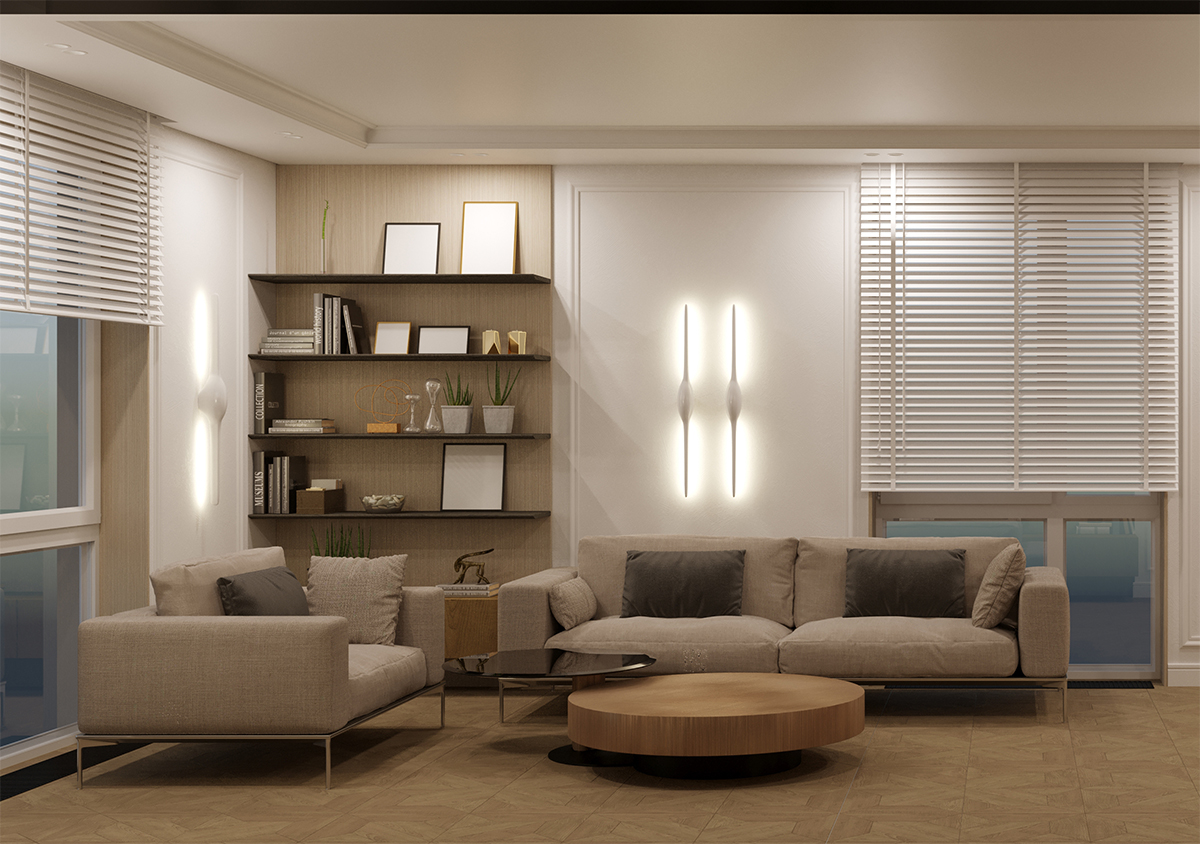
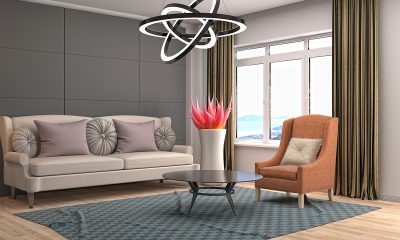
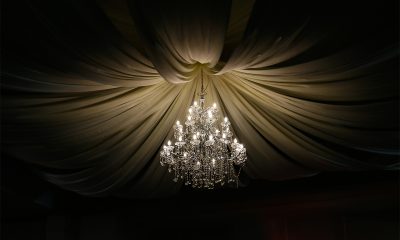
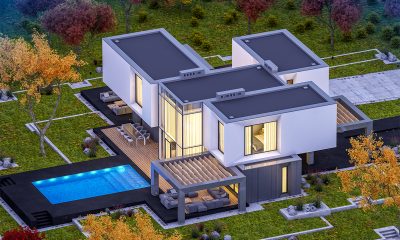
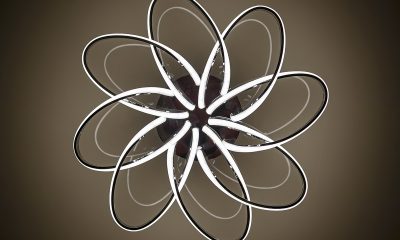
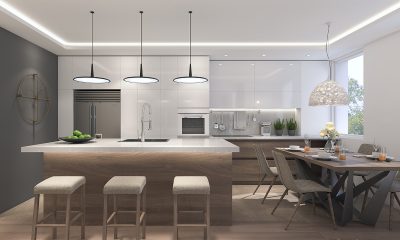
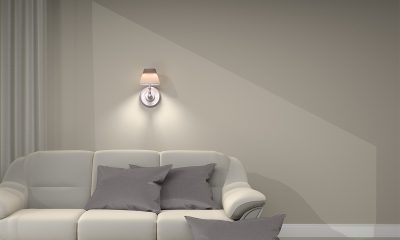

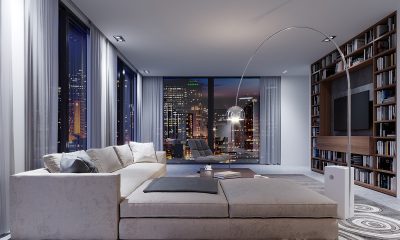
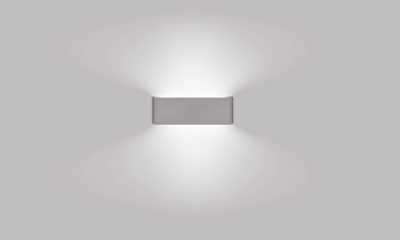

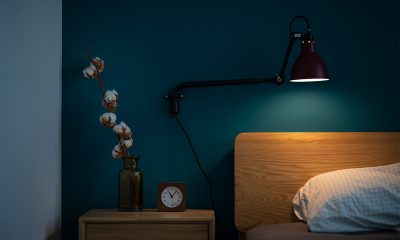
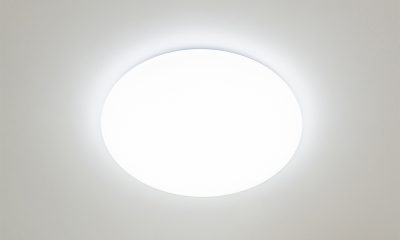





Loading...